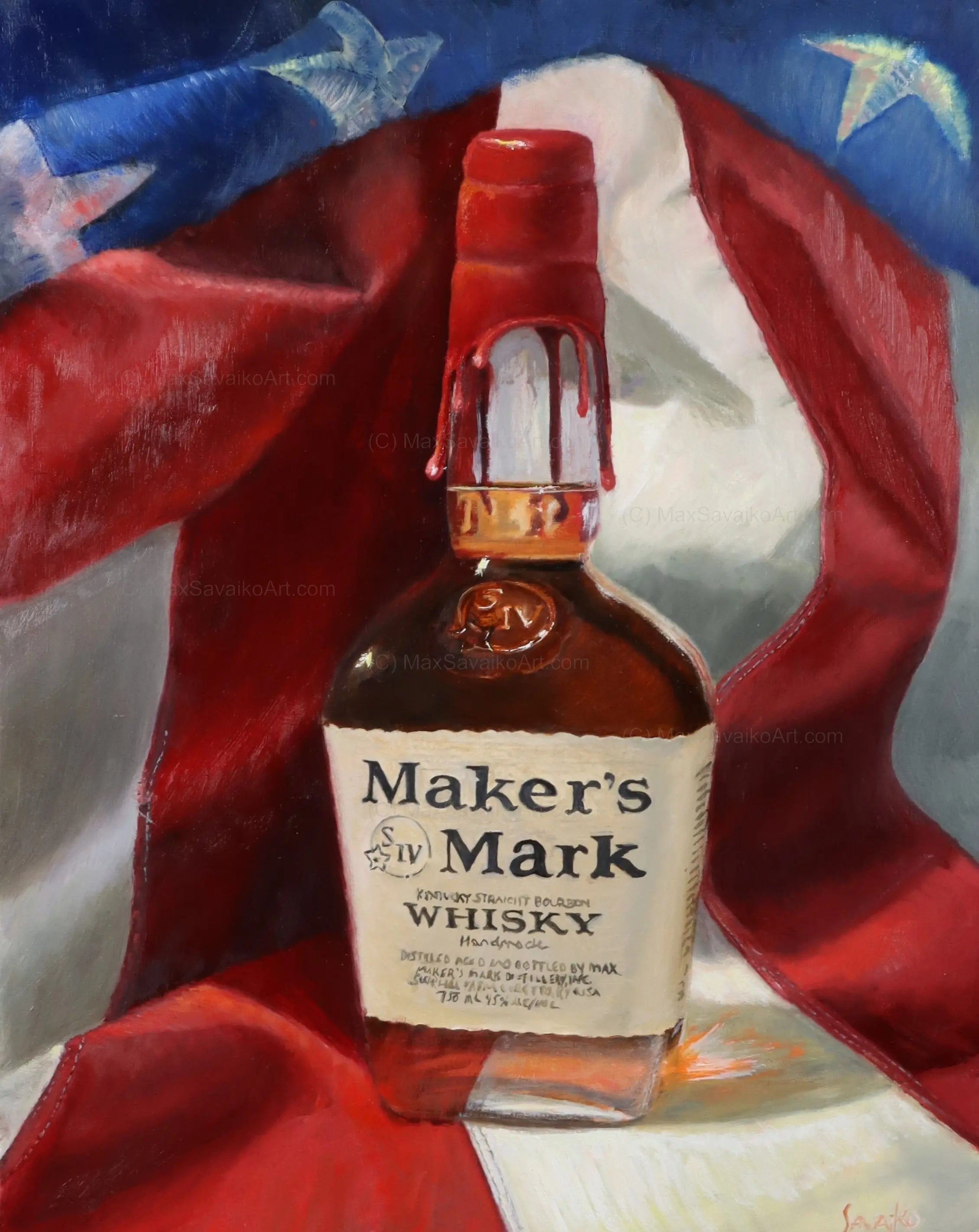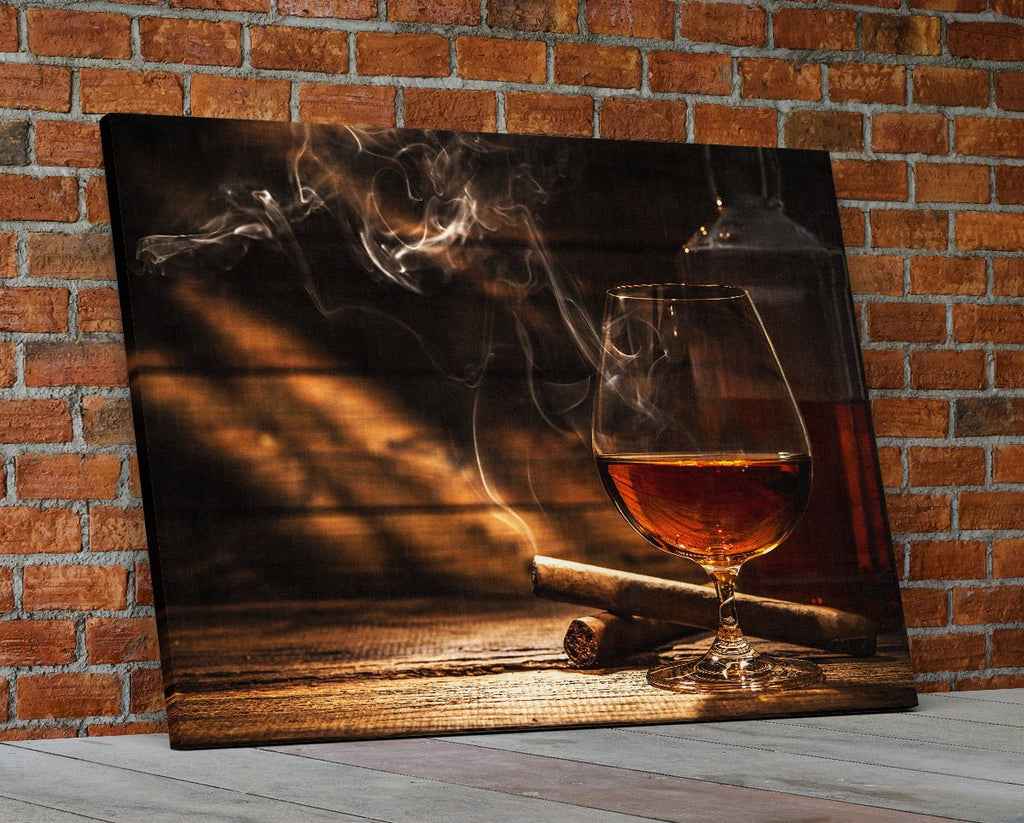Whiskey Art: Capturing the Significance of Distillation in Every Brushstroke
Whiskey Art: Capturing the Significance of Distillation in Every Brushstroke
Blog Article
The Relevance of Whiskey Art in Celebrating Heritage and Workmanship in the Beverage Sector
The intricate relationship in between scotch art and the party of heritage and craftsmanship within the drink industry can not be overemphasized. Through thoughtfully developed containers and tags, whiskey brands encapsulate their historical origins and the artisanal abilities that define their production methods.
The Historical Roots of Whiskey
At the heart of whiskey's attraction lies an abundant tapestry of historical origins that trace back to old human beings. The beginnings of bourbon can be connected to the distillation techniques of the Sumerians and Babylonians around 2000 BCE, where very early forms of fermented grain beverages started to emerge. Nevertheless, it was in the Middle Ages that the art of purification evolved substantially, particularly in Ireland and Scotland, leading to the production of scotch as we understand it today.
The term "bourbon" itself originates from the Gaelic word "uisce beatha," implying "water of life." This expression highlights the social value of scotch in Celtic societies, where it was frequently connected with rituals, events, and public bonding. By the 15th century, purification came to be a recognized craft within reclusive neighborhoods, leading the way for the facility of legal distilleries.
As trade courses broadened, whiskey's appeal expanded, transcending local boundaries and recording the passion of aficionados worldwide. Limited Edition. This historic trip mirrors not only the craftsmanship behind scotch manufacturing yet likewise its essential role in cultural and social contexts, noting it as a significant drink throughout background
Artistic Expression in Branding
Bourbon branding stands as a compelling intersection of artistry and commerce, where visual identity plays a vital function fit customer understanding. The aesthetics of bourbon tags, packaging, and marketing products mirror not just the brand's tale yet additionally its core worths and heritage. Through imaginative expression, distilleries share a story that resonates with customers, evoking emotions and stimulating links.
Making use of color, typography, and images in branding serves to separate items in a saturated market. Standard concepts may evoke a sense of authenticity and craftsmanship, while contemporary styles can symbolize development and forward-thinking. This calculated imaginative direction boosts brand name acknowledgment and commitment, allowing consumers to create a personal partnership with the scotch they select.
In addition, imaginative expression in branding frequently serves as an event of local heritage. Distilleries often integrate local symbols or historic referrals into their styles, creating a local color that invites customers to take part in a broader social experience. Eventually, the creativity behind bourbon branding not just improves visual charm however likewise enhances the general narrative of the brand, fostering a much deeper admiration for the craftsmanship and heritage ingrained in each container.
Craftsmanship in Bottle Layout
The creativity evident in whiskey branding prolongs beyond aesthetic identity to encompass the craftsmanship associated with bottle style. Each container acts as a vessel not just for the spirit within, yet additionally for the story it informs concerning its beginning, top quality, and custom. The style process needs precise attention to detail, as components such as shape, product, and closure add dramatically to the general understanding of the whiskey.
Workmanship in container design involves selecting premium glass that can enhance the whiskey's shade and clearness, while additionally giving a tactile experience for the customer. The silhouette of the bottle have to be both functional and visually enticing, usually showing the heritage of the brand. Several distilleries go with distinct forms or embossed logo designs that stimulate a sense of credibility and history.
In addition, the label design and typography play an important role in connecting the brand's story. Realism Art. A well-crafted bottle not just mesmerizes the customer's eye however also strengthens the brand's dedication to top quality and custom. In this way, the workmanship of container style becomes a crucial aspect of the bourbon experience, combining creativity with an extensive regard for heritage
Cultural Value of Whiskey Art
Commemorating practice and workmanship, the social relevance of whiskey art transcends simple aesthetic appeals, intertwining with the social and historic stories of the areas where it comes from. Each bottle works as a canvas, portraying the special tales, mythology, and traditions that have shaped local whiskey-making methods. The detailed layouts frequently mirror the heritage of the distillers, including icons and concepts that resonate with the society and values of their neighborhoods.

Additionally, scotch art plays an essential role in public gatherings and parties, functioning as a concrete link between people and their shared experiences. By appreciating the artistry in scotch packaging, customers cultivate a deeper understanding and regard for the craft, eventually enhancing their enjoyment of the beverage itself.
Modern Trends in Whiskey Discussion
Over the last few years, the presentation of scotch has actually advanced to show contemporary tastes and trends while still honoring conventional craftsmanship - Whiskey Art. Distilleries are progressively concentrating on aesthetic components that improve the general alcohol consumption experience, linking the gap between heritage and modernity
Ingenious container designs have actually emerged, often incorporating sustainable materials and imaginative labels that inform engaging stories. Lots of brand names now collaborate with regional musicians, instilling their products with distinct aesthetic expressions that reverberate with customers. Furthermore, limited-edition releases are often packaged in collectible containers, including worth and allure for aficionados.

Final Thought
In conclusion, bourbon art functions as a crucial conduit for revealing the heritage and craftsmanship inherent in the drink industry. Via intricate branding, cutting-edge bottle layouts, and culturally substantial creative components, whiskey brands properly recognize their traditions and get in touch with customers. This imaginative story not only raises the recognition of whiskey but likewise enhances neighborhood identification and satisfaction among manufacturers. Ultimately, whiskey art plays a crucial duty in preserving and celebrating the abundant cultural tapestry of whiskey-making.


Craftsmanship in container layout entails picking high-quality glass that can enhance the scotch's color and quality, while likewise giving a tactile experience for the customer. In this means, the workmanship of bottle layout becomes a crucial facet of the scotch experience, merging creativity with a profound regard for heritage.
In verdict, bourbon art offers as a crucial conduit for revealing the heritage and craftsmanship inherent in the beverage sector.
Report this page